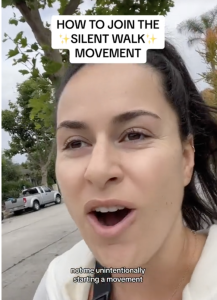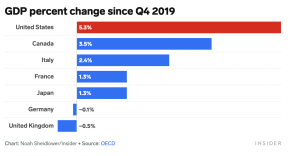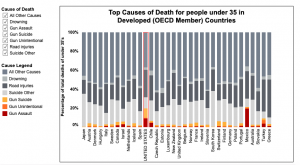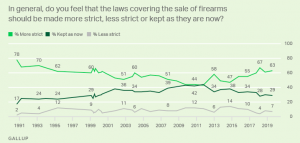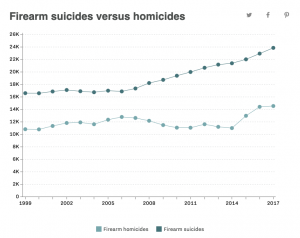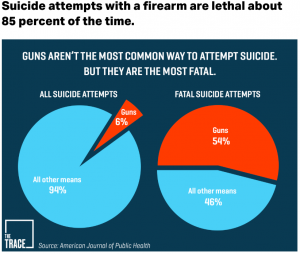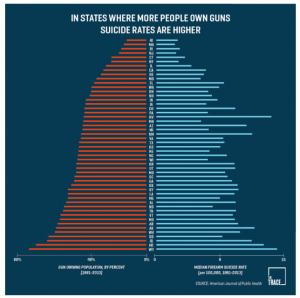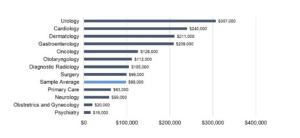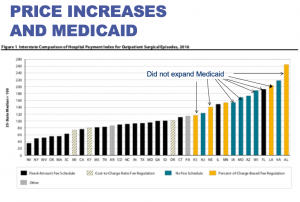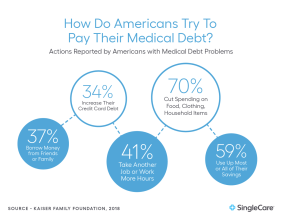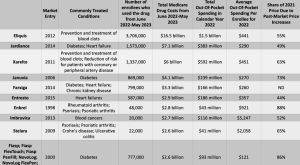VERY excited to announce a new ManagedCareMatters feature!
This incredibly prestigious award is strictly limited to one per month…so the competition amongst state legislators and regulators is BRUTAL.
So many aspire to the prestige and national recognition that the D/LRM brings that hundreds tirelessly beaver away, busting their humps to outdo the knuckleheads across the State Line, steam coming out their ears as they scribble away at the whiteboard, even calling on ChatGPT when their abundant natural intelligence doesn’t meet the mark.
This month it goes to…
IDAHO’s LEGISLATURE!

Congratulations to the Great Potato State! As of July 1, Idaho became the only state without a specialized committee to review deaths related to pregnancy!!
The [now-defunct] Maternal Mortality Review Committee, or MMRC was composed of a family medicine physician, an OB-GYN, a midwife, a coroner, and a social worker – and others. Data collected and analyzed by MMRCs is used to:
more fully understand the circumstances surrounding each death, determine whether the death was pregnancy-related, and develop recommendations for action to prevent similar deaths in the future…
(sounds kinda Pro-Life to me, but hey! whadda I know?)
The legislators who decided to sunset the committee weren’t available for comment, although one has to respect their bold, Pro-Life commitment to not helping figure out why moms are dying!
It’s even gutsier when one considers that two Idaho hospitals just announced they will no longer provider maternity care, AND OB/GYNS are leaving Idaho, AND the state has among the most restrictive anti-abortion laws in the country…(state law prohibited termination of ectopic pregnancies, which are never viable and can be fatal if not treated. This specific prohibition of this Pro-Life Legislation was later overturned by the State Supreme Court).
Despite Idaho’s pregnancy-related mortality ratio of 41.8 pregnancy-related deaths per 100,000 live births in 2020, a third higher than the nation’s (already very high) maternity mortality rate, legislators determined the Committee’s $15,000 annual cost was far, far too much to spend…even though it was entirely funded by a Federal Grant.
The de-funding/killing off of the Committee by Idaho’s Pro-Life Legislature to save Idaho taxpayers…nothing! sets a VERY high bar for other legislators…kudos to the Idaho Legislature for their undying commitment to…dying.
Footnote – 75 of 117 Idaho OB-GYNs recently surveyed by the Idaho Coalition for Safe Reproductive Health Care said they were considering leaving the state. Of those, nearly 100% — 73 of 75 — cited Idaho’s restrictive abortion laws.
The inaugural award sets a high bar indeed…
What does this mean for you?
Get to it you aspiring DL/RM recipients!

